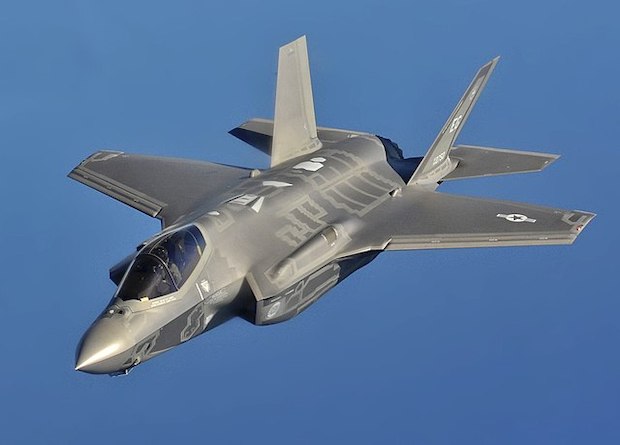
The U.S. military found defects in the software of the F-35 Block 4 fighters. As Bloomberg writes, they concern the processes of weapons application, communication, navigation, cybersecurity and target setting. But despite this, Block 4 is installed on the aircraft.
Software for the F-35 is developed and updated in blocks. The first two blocks, Block 1A and Block 1B, were enough to begin initial flight training on the aircraft. With Block 2B the fighter gained combat capability for the Marine Corps, and with Block 3i the fighter gained combat capability for the U.S. Air Force.
The software versions of Block 2B and Block 3i had consistent failures. Block 2B has one every eight hours and Block 3i has one every 15 hours or so. Because of this, for example, only one F-35 out of six was able to take off on an alert at Hill Air Force Base in Utah in 2016. In the remaining five aircraft, the software failed to activate some of the onboard equipment. That same year, an error in Block 3i compromised the fighter’s radar.
In 2019, the fighters’ software was updated to Block 3F. With it, four basic modes became available to the F-35: offensive and defensive air-to-air combat, suppression or destruction of air defense targets, air-to-ground fire support, and attacks on strategic and moving targets.
The F-35’s software upgrade to Block 4 began in 2020. It makes new weapons available to the fighters, including B61-12 thermonuclear bombs. In addition, their radars will get a high resolution wide-angle synthetic aperture mode. This will allow them to better detect targets, mostly ground targets.
The annual report of the military, which has come to Bloomberg, says that during the tests in the updated software F-35 found defects. They relate to weapon application processes, communications, navigation, cybersecurity and targeting. This required software modifications, time and resources, resulting in delays. Nevertheless, “raw, and insufficiently tested” software is being installed on the fighters.
Upgrading the F-35 to the modern Block 4 standard is expensive, so the U.S. Air Force decided to use the early series F-35A Lightning II fighters as “aggressors.” This is the name given to planes that impersonate the enemy during exercises.




